Best Tips for Cooking Tender and Juicy Pork Chops
Are you tired of ending up with dry and tough pork chops every time you cook them? Fear not, as we have gathered the best tips and techniques to ensure your pork chops turn out tender and juicy, bursting with flavor and moisture.
When it comes to choosing the right cut of pork for your chops, opt for center-cut chops or bone-in chops. These cuts are known for their tenderness and juiciness. Additionally, pay attention to the thickness of the chops, as thicker cuts tend to retain more moisture during cooking, resulting in a succulent final dish.
Brining is a game-changer when it comes to pork chops. By soaking the chops in a brine solution, you not only enhance their flavor but also lock in moisture, preventing them from drying out. Experiment with different brining solutions such as saltwater, apple cider, or herbs to elevate the taste of your pork chops.
Marinating is another essential step to achieve mouthwatering pork chops. Create flavorful marinades using ingredients like garlic, soy sauce, honey, and herbs. Allow the chops to marinate for at least a few hours or overnight to infuse them with rich flavors that will tantalize your taste buds.
Mastering the searing technique is crucial for sealing in the juices of the pork chops and creating a flavorful crust. Sear the chops in a hot pan until golden brown on both sides, then let them rest before serving to allow the juices to redistribute, ensuring a juicy and tender texture.
Grilling your pork chops adds a delightful smoky flavor to the meat. Control the grill temperature to prevent overcooking, create beautiful grill marks for visual appeal, and follow expert tips to achieve the perfect level of doneness, whether you prefer your chops medium-rare or well-done.
When it comes to baking and roasting pork chops, maintain the oven temperature to ensure even cooking. Keep an eye on the cooking time to prevent dryness, and consider basting the chops with a flavorful sauce or broth to keep them moist and juicy throughout the cooking process.
Using a meat thermometer is a foolproof way to guarantee that your pork chops are cooked to perfection. Check the internal temperature to ensure they reach the recommended level for safe consumption and optimal tenderness, avoiding the risk of undercooked or overcooked meat.
Finally, elevate your dining experience by serving your tender and juicy pork chops with delicious sides, sauces, and beverages. Pair them with roasted vegetables, mashed potatoes, or a tangy apple sauce to complement the flavors of the meat and create a memorable meal for you and your guests.
By following these expert tips and techniques, you can transform your pork chops into a culinary masterpiece that will leave everyone at the table craving for more. Say goodbye to dry and flavorless pork chops, and welcome a burst of tenderness and juiciness with each bite!
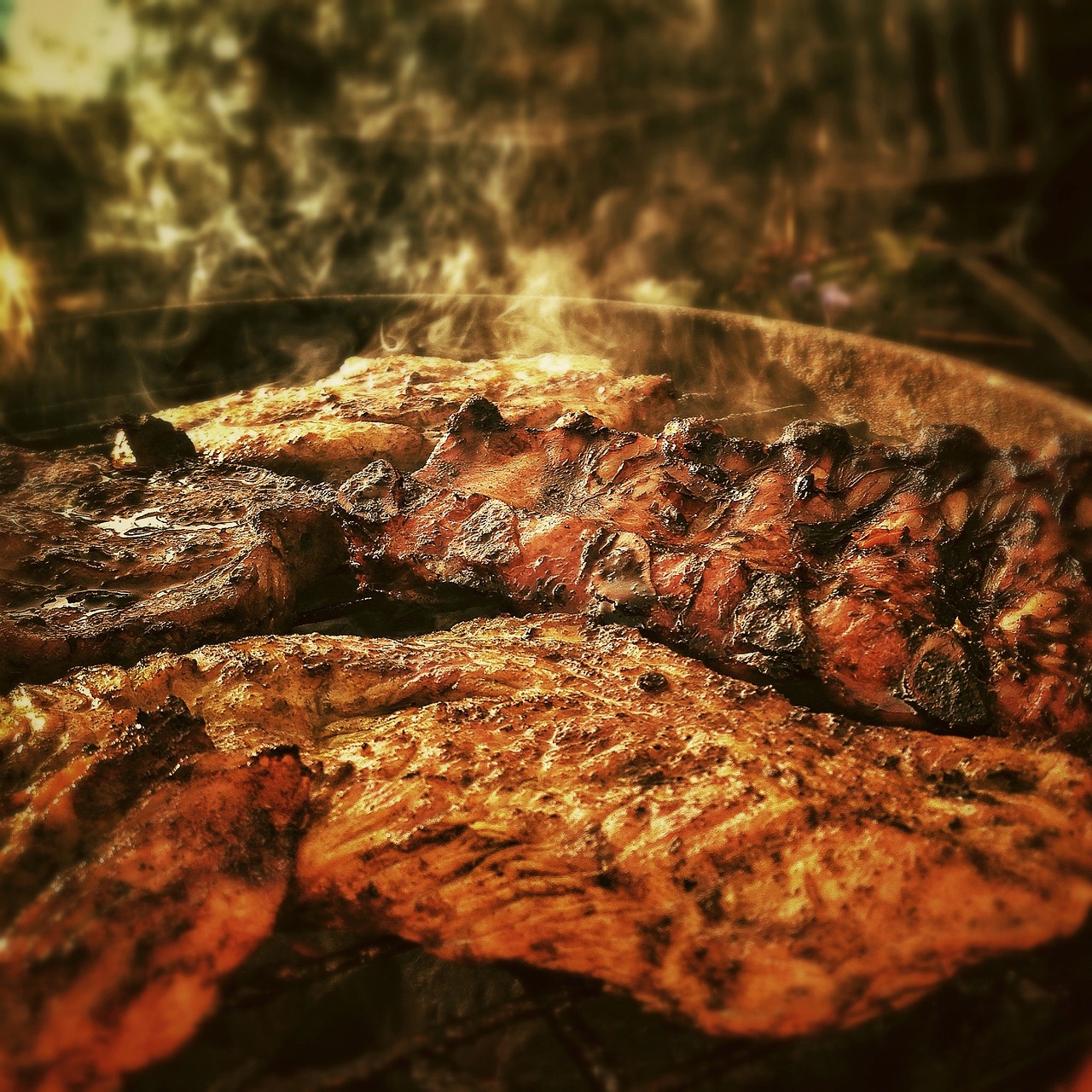
Choosing the Right Cut of Pork
When it comes to cooking tender and juicy pork chops, choosing the right cut of pork is crucial. Opting for the best pork chop cuts can significantly impact the final result on your plate. The key is to select cuts that are known for their tenderness and ability to retain moisture throughout the cooking process.
One popular choice for achieving tender and juicy pork chops is center-cut chops. These chops come from the loin area and are well-marbled, making them flavorful and succulent when cooked properly. Additionally, bone-in chops are another excellent option as the bone helps insulate the meat during cooking, resulting in a juicier outcome.
When selecting pork chops, consider the thickness of the cut as well. Thicker chops are generally more forgiving during cooking, allowing you to achieve a perfectly cooked chop without drying it out. Aim for chops that are at least 1 inch thick to ensure a juicy result.
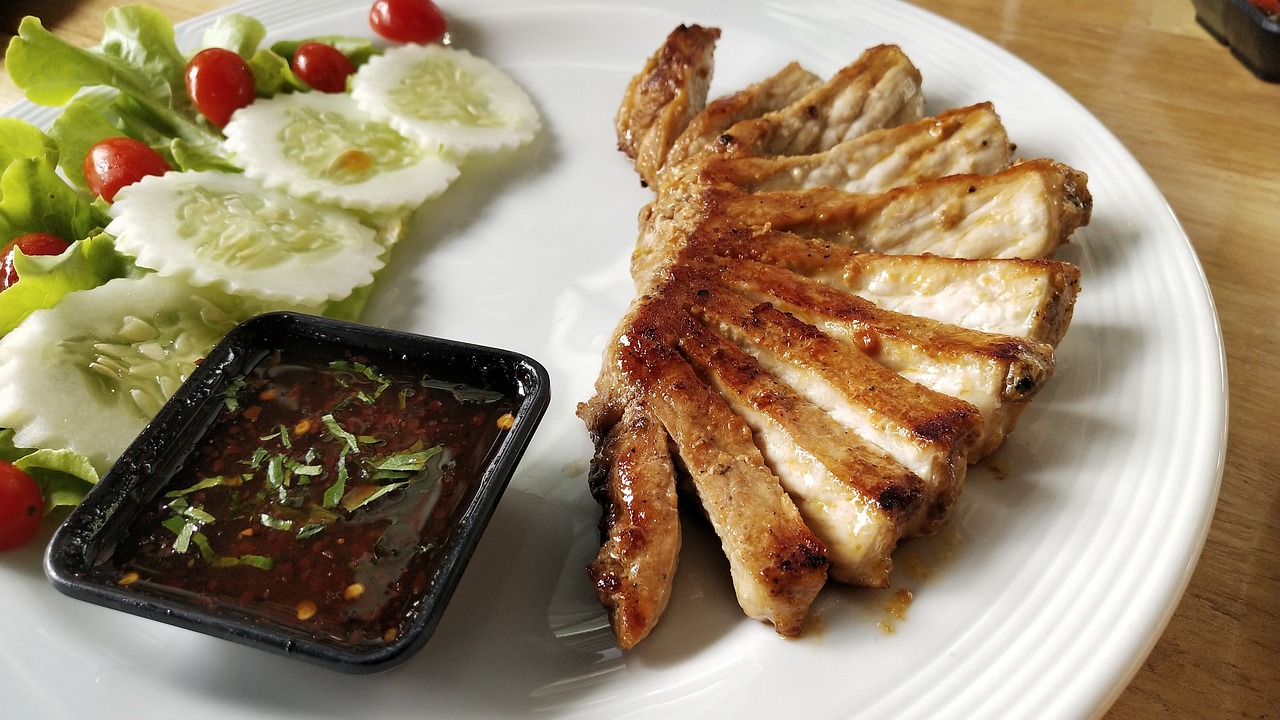
Brining for Flavor and Moisture
Brining is a technique that can take your pork chops to the next level by enhancing their flavor and moisture content. By soaking the meat in a saltwater solution, you allow the pork chops to absorb extra liquid, resulting in juicier and more flavorful meat. The salt in the brine also helps to break down muscle fibers, making the pork chops more tender.
When brining pork chops, it's essential to use the right ratio of salt to water to ensure the perfect balance of flavors. A common brine solution consists of water, salt, sugar, and sometimes herbs and spices for added flavor. The pork chops should be submerged in the brine for a specific amount of time, usually a few hours to overnight, depending on the thickness of the meat.
One key benefit of brining is that it helps the pork chops retain moisture during the cooking process, preventing them from drying out. This is especially important when cooking lean cuts of pork that tend to be less forgiving when overcooked. Additionally, brining can infuse the meat with additional flavors, such as herbs, garlic, or citrus, enhancing the overall taste of the pork chops.
Brining is a versatile technique that allows you to experiment with different flavors and ingredients to customize the taste of your pork chops. Whether you prefer a sweet and savory brine or a more herbaceous one, the options are endless. By mastering the art of brining, you can elevate the flavor and texture of your pork chops, impressing your family and friends with each delicious bite.
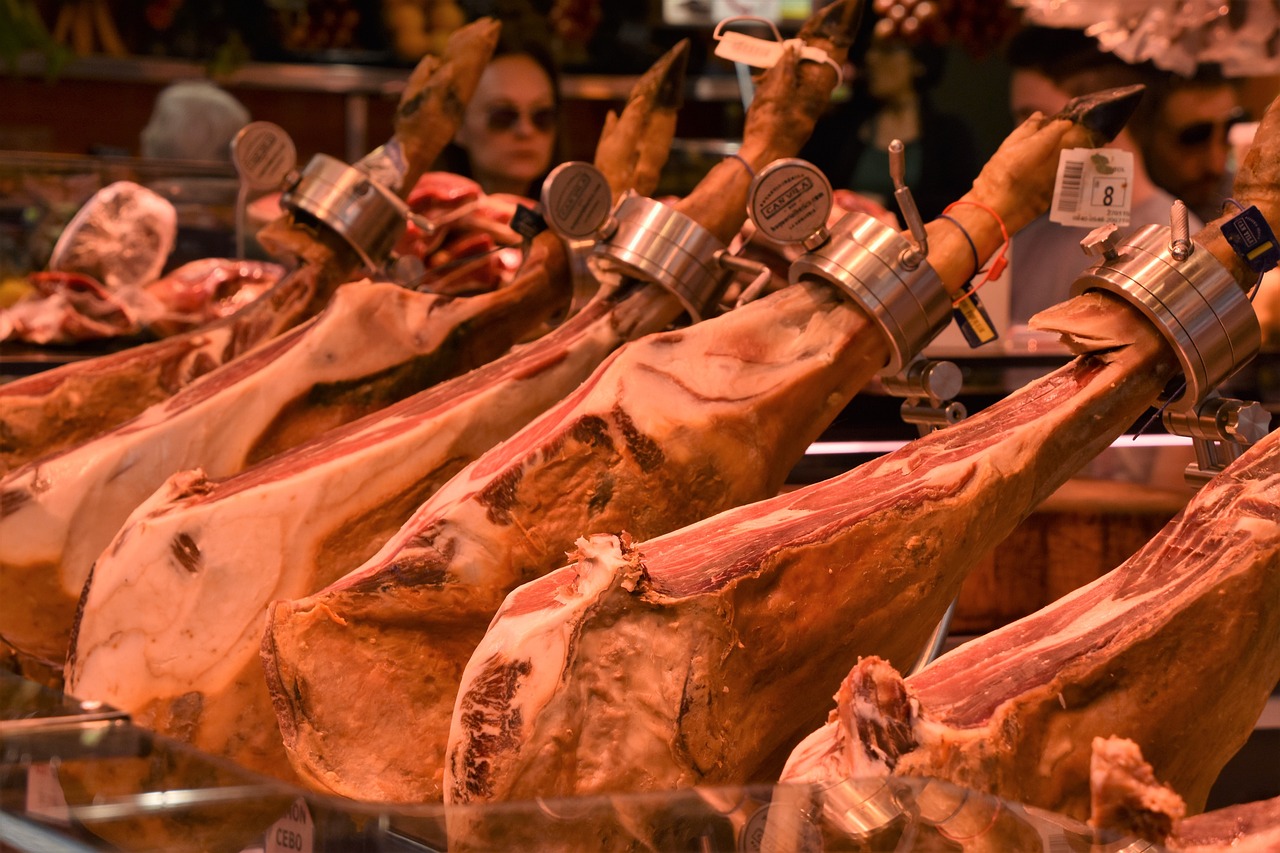
Marinating for Enhanced Taste
When it comes to enhancing the taste of your pork chops, marinating is a game-changer. Marinating not only infuses the meat with delicious flavors but also helps tenderize it for a more enjoyable dining experience. The key to a successful marinade lies in the ingredients and the time you allow the pork chops to soak in them.
Creating a flavorful marinade for your pork chops can be as simple as combining oil, acid (like vinegar or citrus juice), herbs, spices, and a touch of sweetness. The oil helps carry the flavors into the meat, while the acid breaks down proteins, making the chops more tender. Experiment with different ingredient combinations to find your favorite flavor profile.
When it comes to marinating times, it's essential to strike the right balance. Marinate the pork chops for at least 30 minutes to allow the flavors to penetrate the meat. For a more intense taste, you can marinate them overnight in the refrigerator. However, be cautious not to marinate for too long, as the acid in the marinade can break down the meat too much, resulting in a mushy texture.
For those looking to add an extra layer of flavor, consider using a vacuum sealer or a resealable plastic bag to marinate the pork chops. This method ensures that the marinade coats the meat evenly and allows for better absorption of the flavors.
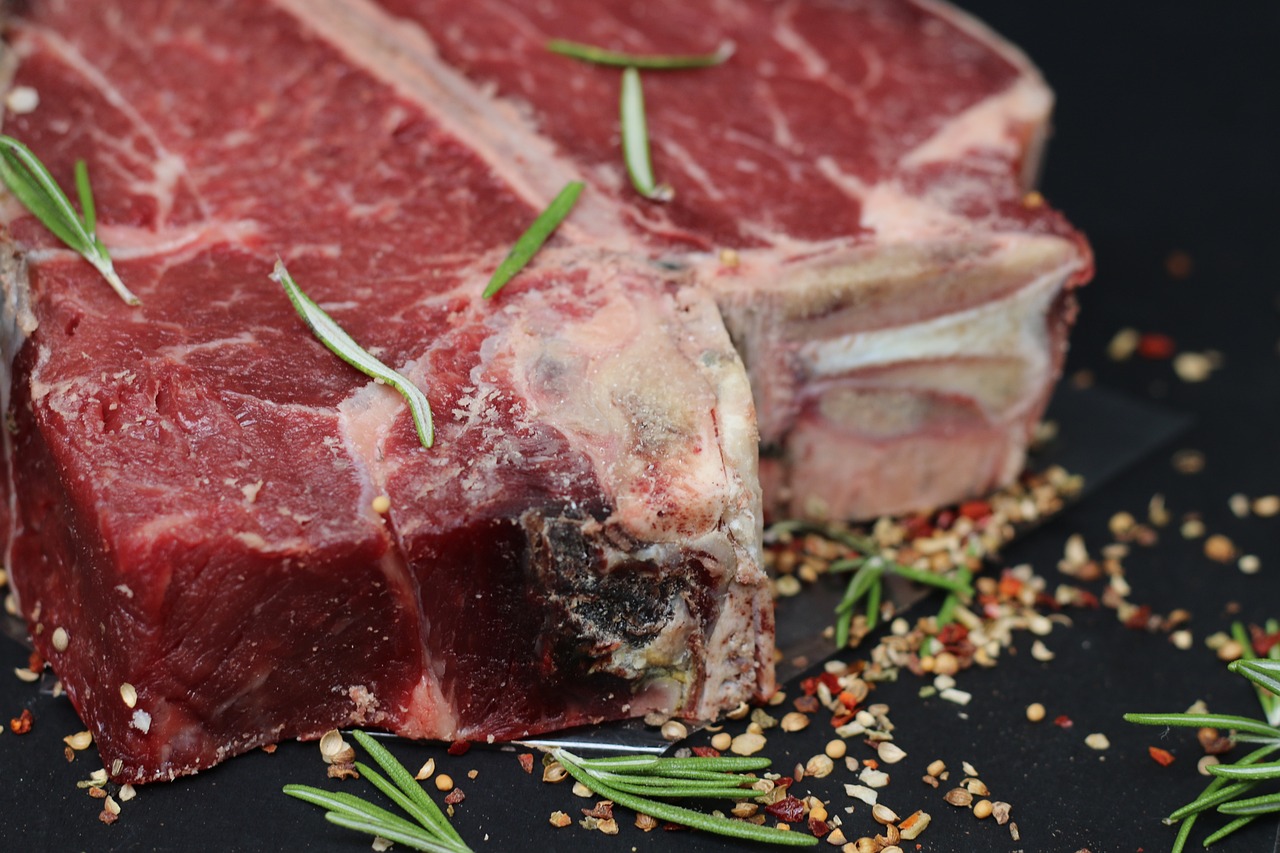
Searing and Resting Techniques
When it comes to cooking pork chops, mastering the searing and resting techniques can make all the difference in achieving a perfectly tender and juicy result. Searing is a crucial step that helps lock in the juices and create a flavorful crust on the outside of the pork chop. To sear effectively, preheat your pan over medium-high heat and ensure it is hot before adding the chops. Sear each side for a few minutes until golden brown, being careful not to overcrowd the pan which can lead to steaming instead of searing.
After searing, the resting period is just as important. Allowing the pork chops to rest after cooking gives the juices time to redistribute throughout the meat, ensuring a moist and tender bite with each mouthful. As a general rule, let the pork chops rest for about 5-10 minutes before serving. This simple step can make a significant difference in the overall texture and juiciness of the meat.
Think of searing and resting like a well-choreographed dance - the searing locks in the flavors and juices, while the resting allows them to harmonize and reach their full potential. Skipping either step could result in a less-than-ideal pork chop experience, leaving you with dry and tough meat instead of succulent and flavorful bites.

Grilling for Smoky Flavors
When it comes to grilling pork chops for that irresistible smoky flavor, there are several key techniques to keep in mind. One essential aspect is controlling the temperature of your grill to ensure the chops cook evenly and develop a delicious char. Preheating the grill is crucial to achieving those perfect grill marks and sealing in the juices of the pork chops.
Another important tip is to avoid constantly flipping the chops while grilling. Let them cook undisturbed for a few minutes on each side to develop a flavorful crust and ensure even cooking. Patience is key when grilling pork chops to smoky perfection.
If you prefer a more intense smoky flavor, consider using wood chips or chunks on your grill. These can add an extra layer of complexity to the taste of the pork chops, enhancing the overall grilling experience.
Remember to let the pork chops rest after grilling to allow the juices to redistribute throughout the meat, ensuring a tender and juicy bite with every mouthful. This resting period is essential for locking in the flavors and maximizing the tenderness of the grilled pork chops.
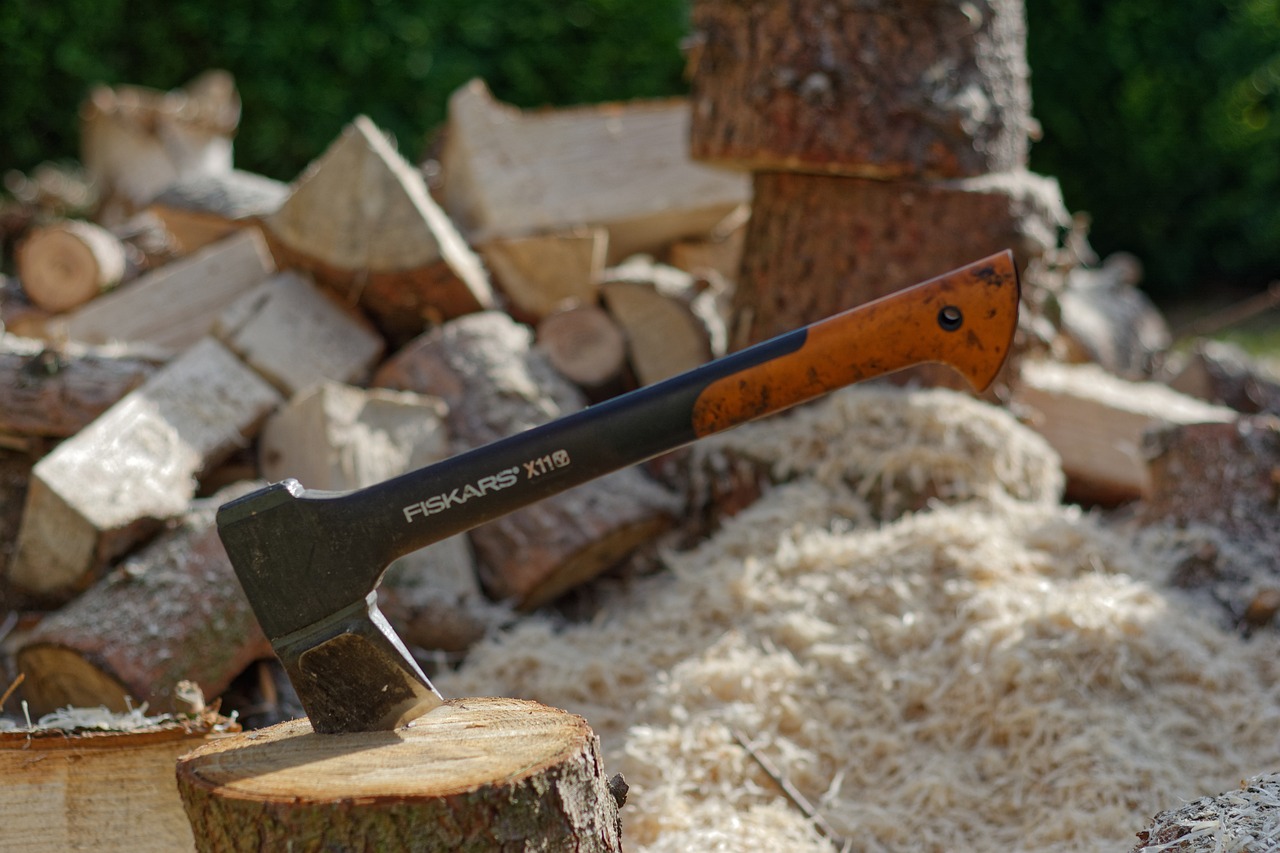
Baking and Roasting Methods
Discover expert tips and techniques to ensure your pork chops turn out tender and juicy every time you cook them.
Learn about the best pork chop cuts for tender and juicy results, such as center-cut chops or bone-in chops, and how to select the ideal thickness.
Explore the benefits of brining pork chops to enhance flavor and lock in moisture, along with different brining solutions and techniques.
Find out how to create flavorful marinades for pork chops, including ingredient combinations and marinating times for optimal taste.
Master the art of searing pork chops to lock in juices and achieve a flavorful crust, and learn the importance of letting the meat rest before serving.
Discover grilling techniques to add a smoky flavor to your pork chops, including temperature control, grill marks, and tips for perfect doneness.
When it comes to baking and roasting pork chops, it's essential to ensure they are cooked to perfection while retaining their tenderness and juiciness. One popular method is to sear the chops in a hot pan before transferring them to the oven to finish cooking. This helps seal in the juices and develop a delicious crust on the outside while keeping the meat moist on the inside.
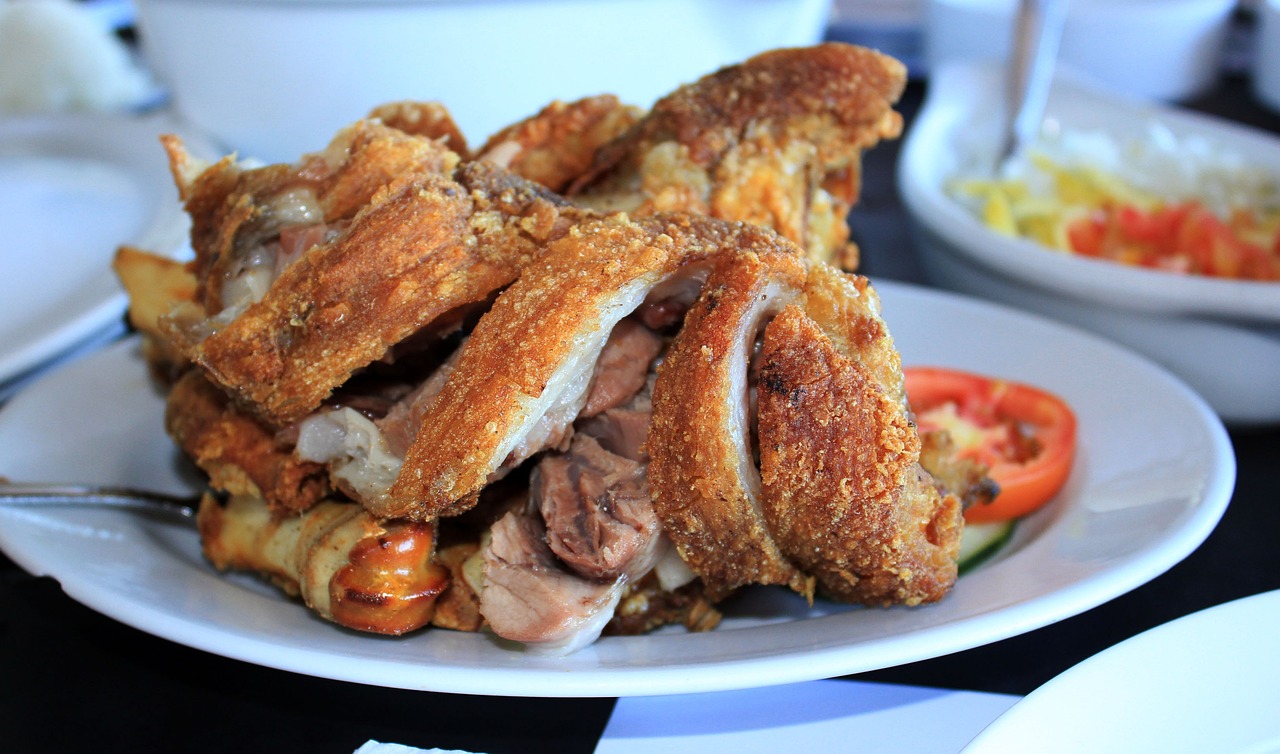
Using a Meat Thermometer
When it comes to cooking pork chops, using a meat thermometer is a crucial step to ensure that the meat is cooked to perfection. By measuring the internal temperature of the pork chops, you can guarantee both safety and optimal tenderness in every bite. A meat thermometer takes the guesswork out of cooking, allowing you to achieve the desired level of doneness without risking undercooking or overcooking the meat.
There are different types of meat thermometers available, including instant-read thermometers and leave-in thermometers. An instant-read thermometer provides quick and accurate temperature readings, making it ideal for checking the doneness of pork chops during cooking. On the other hand, a leave-in thermometer can be inserted into the pork chops before cooking and remain in place throughout the cooking process, allowing you to monitor the temperature continuously.
When using a meat thermometer, it's essential to insert the probe into the thickest part of the pork chop, making sure not to touch the bone to get an accurate reading. Different levels of doneness correspond to specific internal temperatures, so it's essential to know the recommended temperature for pork chops. The USDA recommends cooking pork chops to an internal temperature of 145°F (63°C) with a three-minute rest time before serving for optimal safety and tenderness.
By incorporating a meat thermometer into your cooking routine, you can take the guesswork out of preparing pork chops and ensure that they are cooked to perfection every time. Whether you prefer your pork chops with a slight blush of pink or fully cooked, a meat thermometer is your best tool for achieving the desired level of doneness without compromising on flavor or texture.
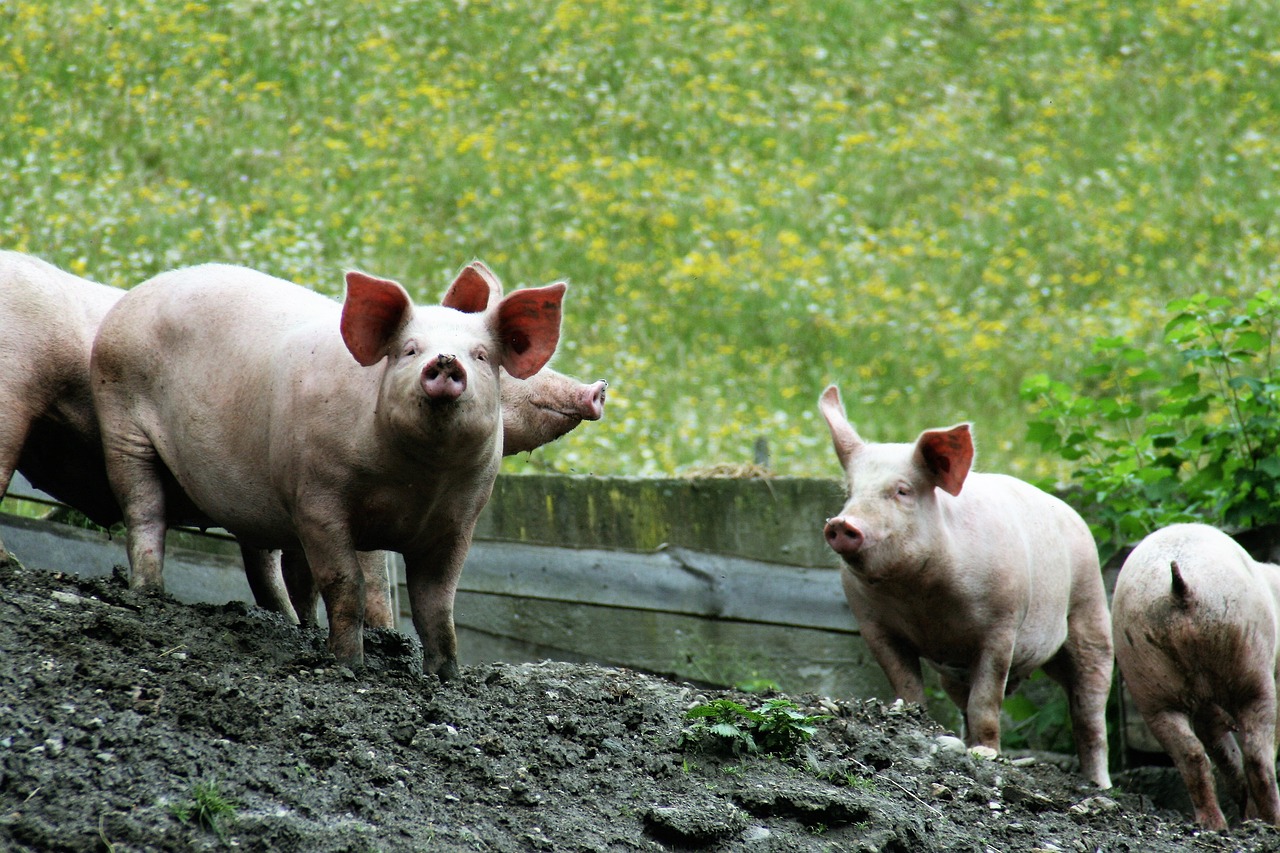
Serving and Pairing Suggestions
When it comes to serving and pairing tender and juicy pork chops, the possibilities are endless. Let's dive into some creative suggestions to elevate your dining experience and impress your guests. Pairing pork chops with the right sides and beverages can truly enhance the flavors and textures of the dish.
One classic pairing for pork chops is a side of creamy mashed potatoes. The buttery and smooth texture of the potatoes complements the juicy pork perfectly. You can also opt for roasted vegetables such as carrots, asparagus, or Brussels sprouts to add a touch of freshness and color to the plate.
For those looking for a lighter option, a crisp and refreshing salad can be an excellent choice to balance out the richness of the pork chops. A simple garden salad with a tangy vinaigrette dressing can provide a nice contrast to the savory flavors of the meat.
When it comes to sauces, a homemade apple cider glaze or a tangy barbecue sauce can take your pork chops to the next level. The sweetness of the glaze or the smokiness of the barbecue sauce can add depth and complexity to the dish, making each bite a burst of flavor.
As for beverages, a glass of chilled white wine or a light and fruity beer can be the perfect accompaniment to pork chops. The acidity of the wine or the effervescence of the beer can help cleanse the palate between bites, allowing you to fully savor the flavors of the meal.
Don't forget about presentation! Plating your pork chops with care and attention to detail can make a big difference in how the dish is perceived. Garnish with fresh herbs, lemon wedges, or a sprinkle of chopped nuts to add a pop of color and texture to the plate.
Experiment with different serving and pairing combinations to find what works best for your taste preferences. Whether you prefer classic pairings or want to try something new and innovative, the key is to have fun and enjoy the process of creating a memorable dining experience with tender and juicy pork chops.
Frequently Asked Questions
- Q: What is the best cut of pork for tender and juicy pork chops?
A: The best cuts of pork for tender and juicy pork chops are center-cut chops and bone-in chops. These cuts have a good balance of meat and fat, resulting in flavorful and succulent pork chops.
- Q: How long should I brine pork chops for optimal results?
A: Brining pork chops can enhance flavor and moisture. For best results, brine pork chops for at least 1-4 hours, but no longer than 24 hours to prevent the meat from becoming too salty.
- Q: What is the recommended internal temperature for cooked pork chops?
A: The USDA recommends cooking pork chops to an internal temperature of 145°F (63°C) followed by a 3-minute rest time. This ensures both safety and optimal tenderness for the pork chops.
- Q: How can I tell if my pork chops are done without using a meat thermometer?
A: You can check the doneness of pork chops by making a small cut in the thickest part of the meat. If the juices run clear and there is no pink color, the pork chops are likely done. However, using a meat thermometer is the most accurate way to ensure proper doneness.
- Q: What are some popular side dishes to serve with pork chops?
A: Popular side dishes to serve with pork chops include roasted vegetables, mashed potatoes, coleslaw, or a fresh garden salad. These sides complement the savory flavors of the pork chops and create a well-rounded meal.



















